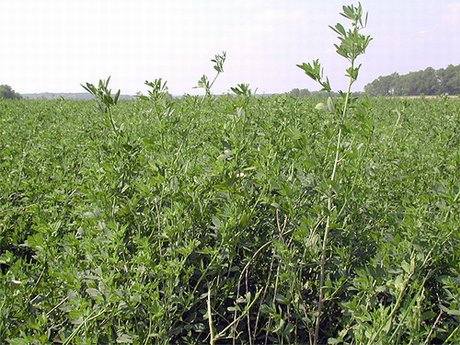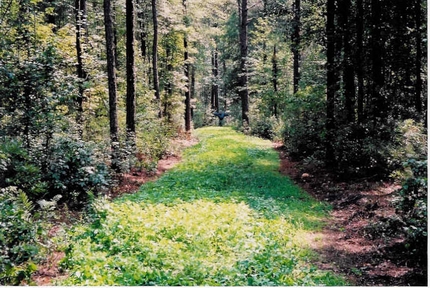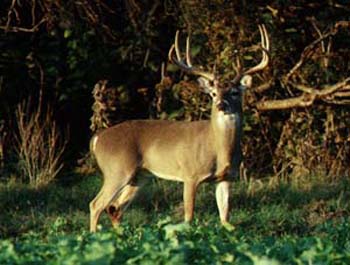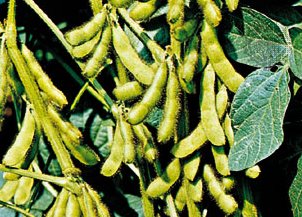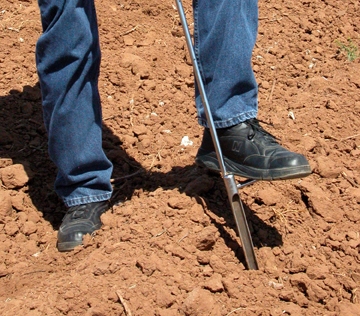
No soil is perfect. And by the way, it’s soil, not dirt. Dirt is a four letter word. Well, at least according to the professor during my “Introduction to Soils” class I took in college. But once again, no soil is perfect. Rain and previous growth will remove nutrients and affect pH. A soil test will reveal these deficiencies and that is exactly why it is necessary.
Soil testing involves collecting samples of soil from your food plots, filling out a form describing your plans for the plot, and mailing the samples to a lab for analysis. Once the lab makes an appraisal of the soil, you will receive a soil sample report containing the soils deficiencies and recommendations to maximize its growing potential.
It cost about $8 to $10 to have soil analyzed at a university lab and your county extension agent can supply the paperwork and supplies for collecting and mailing soil samples. Contact them through the listing in your phone book or get online and either call or email. Mossy Oak’s Web site provides soil testing service for a mere $7.50. You can contact them at www.mossyoakbiologic.com.
For every 1 to 3-acre food plot, it is recommended that you collect 10 to 20 sub samples of soil. First, remove any plant residue from the ground. Using a shovel, garden spade, or soil probe, make a vertical core or thin slice down to the depth that will be plowed, which is typically about 4-inches. Place the sub-sample into a clean bucket and mix it well. Be sure the soil is not excessively wet and use a clean bucket without lime, fertilizer, or pesticide residue because this will skew the lab results. Next, mix the soil thoroughly and pack the soil into boxes or bags for shipping to the testing lab.
Once you receive your test report, an important measurement to pay attention to is the pH. Soil pH affects the plant’s ability to absorb nutrients and grow. A common problem with many soils is that they are too acidic (which means they have a low pH). In fact, it’s quite common for soil test reports to come back recommending three tons of lime per acre! Too much lime is rarely a problem, so don’t worry if you think you put out slightly more limestone than the soil report recommends.
In acidic soils, the nitrogen and phosphorus will be bonded to the soil and will be unavailable for the plant. Even when fertilizer is applied, only a small amount can be used by the plant and the rest will remain locked in the soil particles. Lime raises the pH level unlocking soil nutrients and helping in the break down of organic matter for use by the plants.

